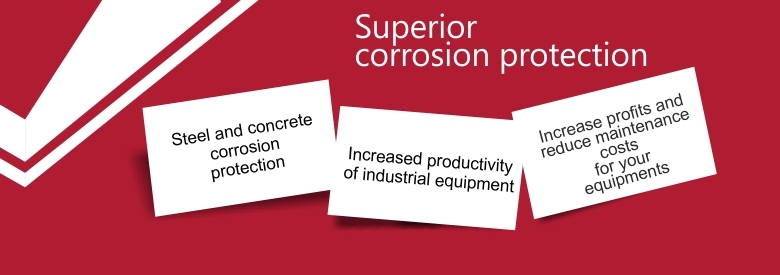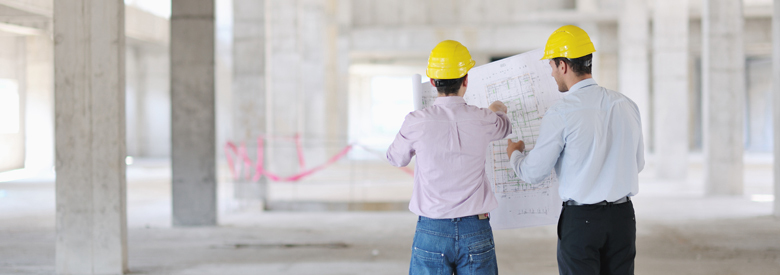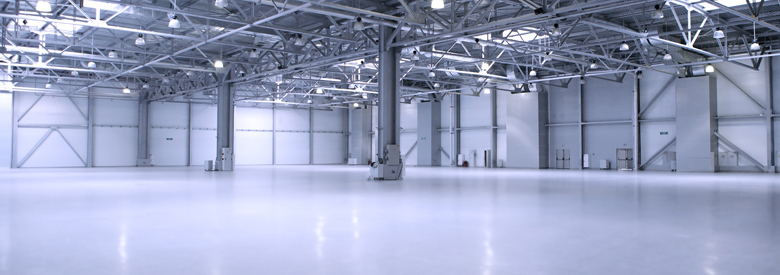Epoxy floors - Types and Maintenance
1. Epoxy floors - where to use it
There are many ways in which the imposition of a series of corrosion products can help a business. From the aesthetic point of view, a floor can be a brilliant insight into a company dedicated to design and cleanliness. Moreover, application of floors that are not slippery and have no bump or cracks will help employees avoid work accidents. An efficient floor maintains optimal work flow, and this is reflected in significant financial savings. There are two types of supplied industrial floors: epoxy or Quartz, which can be installed in factories and warehouses.
Many problems can occur at work, and they require solutions for floors. Unsightly cracks can cause hazards, while concrete can cause equipment damage and prove a hindrance to the possibility of moving on the surface.
In other industries, such as food or beer industry, surfaces are exposed to a series of chemical attacks due to the presence of substances such as hot oils, blood, solutions of food acids, detergents, sugar solutions. Most of the time they cause significant damage due to the corrosive nature. Also, the wrong choice of floors lead to the development of impurities in cracks or pores, leading to uncontrolled development while bacteria.
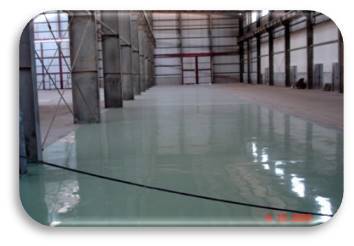
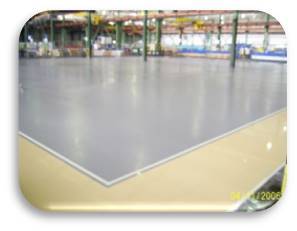
2. Epoxy floors - how to choose
Industrial flooring solutions are proving effective in terms of cost-effectiveness, in terms of clients welfare, employees and, moreover, equipment.
Safety- uneven or craked floors can cause slipping or separation of certain parts of the equipment. Other floors allow the liquid to come together and create risk of slipping, if allowed to stand too long, it creates an environment in which bacteria can grow and spread.
Appearance - Customers who see a shiny surface, polished, see an environment where business can develop. This bonus, in terms of appearance, has a positive impact on the company's business practices, and this helps to strengthen existing business and openness to new perspectives.
Cleanliness - not just helps in terms of appearance, but also prevents the occurrence of diseases and pests. Rodents may be attracted by food debris that seeps between the cracks, while problems can occur with chemicals deposited on the surface.
Maintenance - like any other equipment, the floor must be maintained in order to be functional and attractive. Fortunately, epoxy floors are resistant to treatment products, and thus require less maintenance activities than other types of flooring. This helps saving money on cleaning products and prolonged life cycle means necessary replacement after a long period of time.
Types of protection for floors
There are many types of flooring designed for specific applications and environments. For example, a concrete warehouse made for wooden boxes needs protection different from a concrete room made for storing other products, where corrosive chemicals are common. Basically, it is necessary to consult a specialist in the selection of suitable floor environment.
Most used are epoxy and urethane floors. These substances, in the initial phase molten resin are applied on sanded surfaces and after a while it becomes a flat strengthen surface. Urethanic floors are more elastic, similar to those present on the surface of a basketball court or in the case of a playground for children. Epoxy surfaces are sufficiently robust to deal with the working environment, but made the point that it does not cause back problems.
Another type of floor protection is achieved by using an epoxy paint. The result is less stable but very durable. The substance penetrates the cracks in the floor and keep a relatively flat surface and a lasting corrosion protection, similar to more rigid epoxy products.
Another group of recommended products is based on ceramic polymers. Concrete surfaces, also metal ones, require an extra layer to ensure sustainable operation and resistance to chemical or mechanical stress. Concrete suffers erosion by infiltrating microorganisms anaerbone in concrete porosity. Ceramic materials based on polymers due to their viscosity, porosity should cover all the surface, while having a high adhesion.
Floor maintenance
Maintenance actions are quite simple, sweeping the surface, followed by washing it with warm water and vinegar. Polisher can be used to extend the life cycle of corrosion protection products used.

